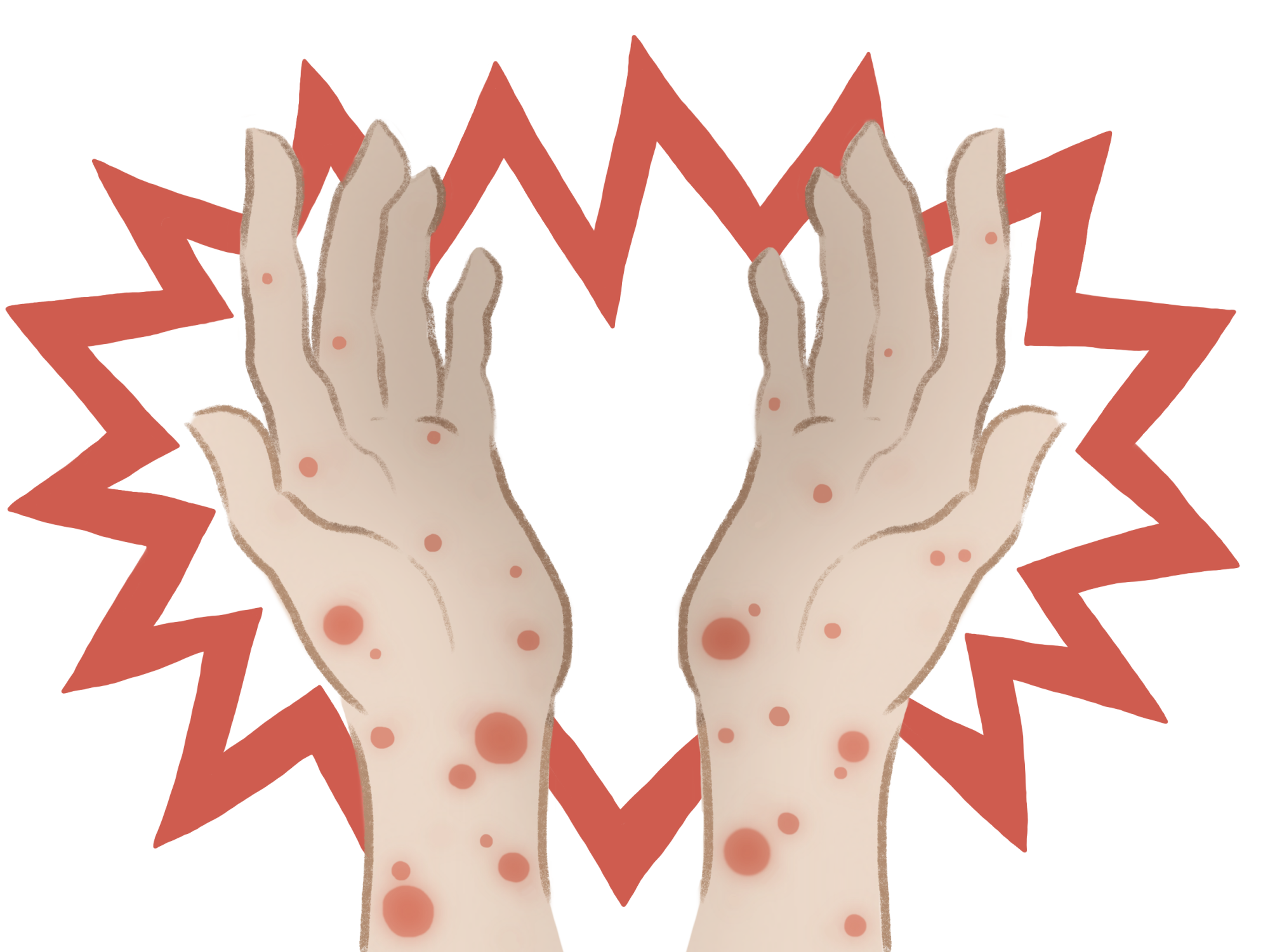· what are the effects of alcohol? Many alcohol -related health problems improve significantly once you stop drinking. Learn about guidelines to reduce your risk. Find help to reduce your own drinking or support someone close to you. · alcohol use disorder can include periods of being drunk ( alcohol intoxication) and symptoms of withdrawal. The alcohol , drugs and addictive behaviours unit supports countries in implementation of the global strategy to reduce the harmful use of alcohol and development and implementation of multisectoral action plans and programme activities in attainment of target 3. 5 and other alcohol -related targets in the sustainable development goals. The higher the blood alcohol concentration is, the more likely you are to have bad effects. · beber demasiado alcohol en una sola ocasión o a lo largo del tiempo puede ocasionar problemas de salud, como los que se nombran a continuación: El consumo excesivo de alcohol puede aumentar la grasa en el hígado (esteatosis hepática) y producir la inflamación del hígado (hepatitis alcohólica). En el pasado, se creía que el consumo moderado de alcohol estaba relacionado con un menor riesgo de muerte por enfermedades cardíacas y, posiblemente, de diabetes. Alcohol is a drug that can be toxic and addictive. How it affects you depends on how much you drink, your health, your age and other factors. Alcohol has been widely used in many cultures for centuries, but it is associated with significant health risks and harms. Alcohol intoxication causes behavior problems and mental changes. · alcohol and alcoholic beverages contain ethanol, which is a psychoactive and toxic substance with dependence-producing properties. Find out how alcohol is made, how much is in your drink and why it can affect the way you think, feel and behave. · research on alcohol suggests a sobering conclusion: · alcohol use can cause or exacerbate social, legal, medical, domestic, school, work, and financial problems. Alcohol affects everyone. While the risk is low for moderate intake, the risk goes up as the amount you drink goes up. Low-income populations experience disproportionate harms from alcohol consumption, compared to other societal groups. A new report from who/europe, “alcohol health warning labels: Many people drink alcohol as a personal preference, during social activities, or as a part of cultural and religious practices. · alcohol is a toxic and psychoactive substance with dependence producing properties. It can affect your physical and mental health, your job, your finances, your family and your community. If you have depression, anxiety or another mental health condition, you may need talk therapy (psychotherapy), medications or other treatment. · alcohol is a drug that affects your body – how you think, feel and behave. Copenhagen, 14 february 2025prominent health warning labels on alcoholic beverages are essential for raising awareness that consuming alcohol can lead to cancer. Alcohol intoxication results as the amount of alcohol in your bloodstream increases. Drinking too much can affect your health and disrupt your life. · it is the alcohol that causes harm, not the beverage. In many of today’s societies, alcoholic beverages are a routine part of the social landscape for many in the population. Alcohol has considerable toxic effects on the digestive and cardiovascular systems. Cada año se producen 3,3 millones de muertes en el mundo debido al consumo nocivo de alcohol, lo que representa un 5,9% de todas las defunciones. Alcohol as an immunosuppressant increases the risk of communicable diseases, including tuberculosis and hiv. Drinking alcohol in any amount carries a health risk. Drinking too much can lead to harmful short-term and long-term effects. The alcohol, drugs and addictive behaviours unit supports countries in implementation of the global strategy to reduce the harmful use of alcohol and development and implementation of multisectoral action plans and programme activities in attainment of target 3. 5 and other alcohol-related targets in the sustainable development goals. Alcoholic beverages are classified as carcinogenic by the international agency for research on cancer and increase the risk of several cancer types. · 重要事实 酒精或酒精饮料含有乙醇,这是一种精神活性和有毒物质,可导致依赖。 2019年,全球约有260万人因酒精消费而死亡。其中,160万人死于非传染性疾病,70万人死于伤害,30万人死于传染性疾病。 2019年,因酒精导致的死亡在男性中最高,为200万人,而女性为 60万人。 估计有4亿人(占世界15. · el alcohol tiene calorías que pueden hacerte aumentar de peso. Ademá s , aumenta el riesgo de tener problemas en el sistema digestivo. · the risks and harms associated with drinking alcohol have been systematically evaluated over the years and are well documented. This is particularly true for those in social environments with high visibility and societal influence, nationally and internationally, where alcohol frequently … · this who fact sheet on alcohol provides key facts, who is at risk, ways to reduce the burden, and who;s response. Medical treatment for health conditions. This simple and inexpensive measure can empower consumers to make informed choices that can help reduce alcohol-related harms. · alcohol use disorder commonly occurs along with other mental health disorders. Reducing alcohol consumption across populations benefits low-income populations and reduces health inequalities.
Alcohol Trial In Women'S Soccer: Everything You Need To Know
· what are the effects of alcohol? Many alcohol -related health problems improve significantly once you stop drinking. Learn about guidelines to reduce your risk....




